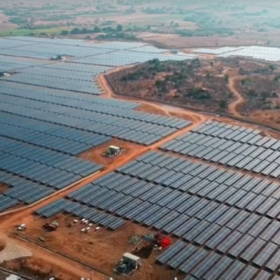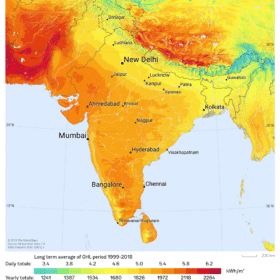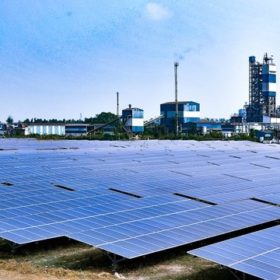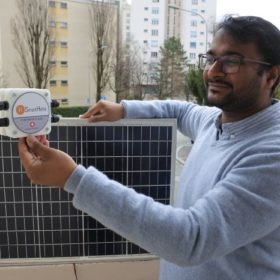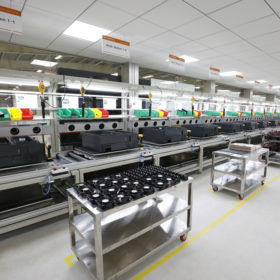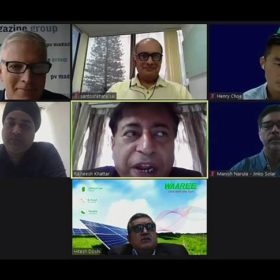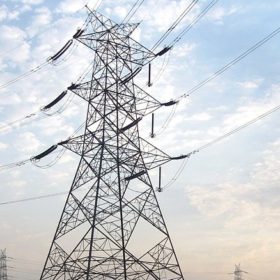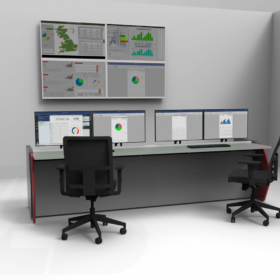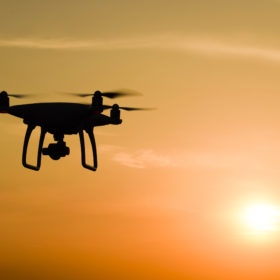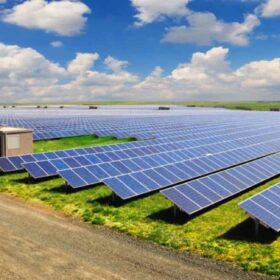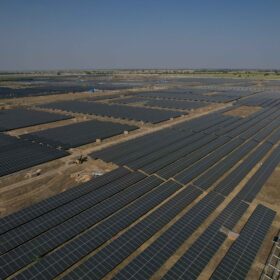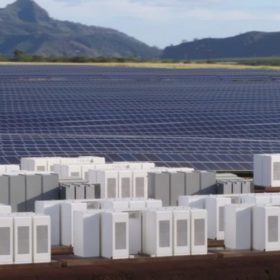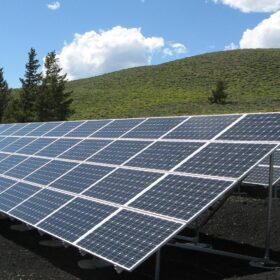ReNew Power selects Librestream’s augmented reality-enabled remote collaboration solution
Librestream’s Onsight solution provides a fully-collaborative environment between remote experts and field technicians, helping to resolve issues at the solar plants quickly and remotely.
Indian solar developers must capitalize on advances in resource risk management
For developers to close the emerging gap as the market becomes more competitive – and, crucially, build projects that perform to investors’ expectations in the long term – they need to not only develop better understanding of the factors influencing project performance but also take steps to adopt advances made in other established solar markets worldwide in the use of solar data.
DST to fund trans-national research in digitalization for green energy transition
February 17 is the last date to submit proposals targeting implementation, adaption, and knowledge creation of digital solutions in energy systems and networks. The projects will be funded by the Department of Science and Technology, under India’s Ministry of Science and Technology.
Second-life energy storage winner in EDF’s startup contest
Bangalore-based Nunam—which enables second life for used lithium-ion battery cells—is the winner of Pulse India competition conducted by French energy giant EDF. The EDF contest aims at supporting Indian startups committed to developing low-carbon and sustainable energy solutions.
Indian-led start-up raises Swiss funding for solar diagnostic tool
Swiss-based SmartHelio claims to have witnessed a near 200% jump in demand for its deep-data driven solar asset management solution, which plugs into solar panels or energy storage systems. Sales of the internet-of-things enabled, cloud product have leapt in the last six months.
IRENA presents $2tn plan to drive 5.5m renewables jobs by 2023
Doubling down on renewable energy investment and energy transition spending is required to ensure a truly green global recovery from the Covid-19 crisis and its economic aftershock, claims the International Renewable Energy Agency.
Solar leaders call for overhaul to navigate Covid-19
Faced with raw material and labor shortages, solar manufacturers have stressed the need to find alternative supply chains and to push automation and internet of things applications on the factory floor to keep production running.
IoT startup Probus raises seed funding for smart grid platform
The startup—which has developed an Internet of Things (IoT) based service for power grid monitoring and automation—will use the amount to strengthen the software platform and expand the scale to different geographies.
Consyst bags order to build a renewable energy data center for KSEB
The Kochi-based system integrator will connect kW- and MW-scale solar plants distributed across the state using remote terminal units, Cloud Computing and Industrial Internet of Things. Once commissioned, the system will help Kerala State Electricity Board Ltd to evaluate and analyse the performance of renewable energy generation in the state more precisely in real time and manage grid operations better.
Drones can drive down operational solar costs—Frost & Sullivan Interview
The market for drones in the power and utility industry will grow 23.6% annually, reaching $515 million by 2030—according to a Frost & Sullivan report.
The report, Drones in the Global Power and Utilities Industry, Forecast to 2030, cites ongoing digital transformation, remote monitoring, and the need to optimize operational costs as the factors driving increasing adoption of drones in the power and utility industry.
“Drones minimize the need to send human employees onsite and can be deployed for monitoring, operations, and maintenance services. As the global power and utility industry continues to tackle the impact of the ongoing Covid-19 pandemic, drones can be potential game-changers in combating the challenges it poses,” as per the report.
pv magazine spoke to Supreeth Srinivasa Rao, Associate Director, Industrial Practice, Frost & Sullivan, to find out the role of drones in the solar sector, especially for India.
